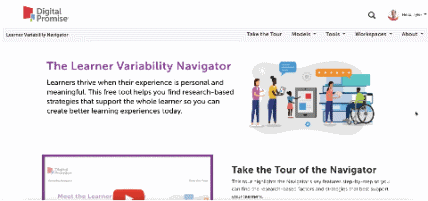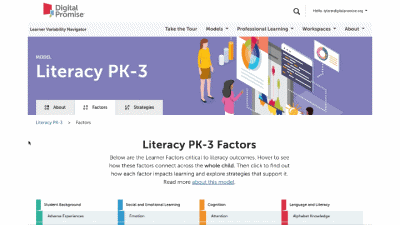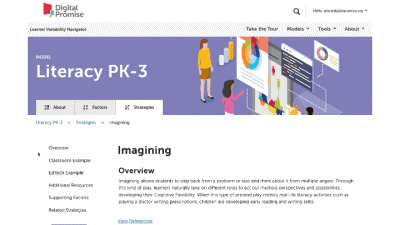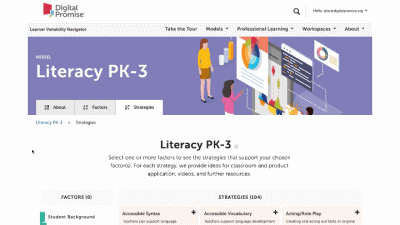Varied Use of Manipulatives
Overview
Using manipulatives for hands-on exploration in a variety of ways supports conceptual understanding which is critical to mathematical thinking. Hands-on exploration also supports fine motor skills development. Manipulatives are effective when learners are able to understand that concrete objects can represent abstract ideas, a developmental milestone often achieved by second grade.
Apply It In Your Learning Environment
Example: Use This Strategy In in the Classroom
Design It into Your Product
Apply It To Product Development
- Products with digital manipulatives have increased requirements for fine motor skills, so developers need to provide extra support for any challenging motor demands for their younger users.
- Considering additional design choices, like using color-coding and allowing learners to resize or combine objects, can support Place Value and Estimation.
- Providing a library with a wide range of digital manipulatives that can be accessed at any time within a math application supports Cognitive Flexibility and Learner Choice as they explore their mathematical understanding.
Factors Supported by this Strategy
Learner Background
More Multisensory Supports Strategies
Gestures
Adding motions to complement learning activates more cognitive processes for recall and understanding.
Sound-blocking Devices
Using earplugs or headphones can increase focus and comfort.
Tossing Activity
Tossing a ball, beanbag, or other small object activates physical focus in support of mental focus.








